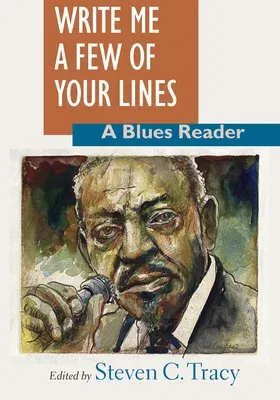Among the signal achievements of African American culture is the style
of music known as the blues, an art form evolved from southern black
songs of the late nineteenth century. From the field hollers and
steel-bodied guitar of its early days to the electric amplification of
today's performers, the visceral power of the blues has long been
celebrated for its creativity, spontaneity, and ingenuity. It has served
as a wellspring for other forms of music, including gospel, jazz, rhythm
and blues, soul, rock, and rap, and has exerted an influence on
literature and the visual arts as well. This book brings together some
of the most significant writings about the blues published between 1911
and 1998. Included are selections by folklorists, anthropologists,
sociologists, literary artists, musicians, critics, and aficionados.
Thut the blues published between 1911 and 1998. Included are selections
by folklorists, anthropologists, sociologists, literary artists,
musicians, critics, and aficionados. The extraordinary appeal of the
blues is reflected in the range of contributors to this volume, among
them Howard W. Odum, Alan Lomax, Richard Alan Waterman, Langston Hughes,
Paul Oliver, Sam Charters, Janheinz Jahn, James Baldwin, Leroi Jones,
Charles Keil, Jeff Todd Titon, Houston Baker, Hazel Carby, and Angela
Davis. From these various perspectives emerges a new understanding of
the blues: its origins in African aesthetics; the impact of slavery and
Reconstruction; its early folk manifestations; and the importance of
religion, style, gender, audience, protest, and the record business in
its development as an art form. Further context is provided by a
comprehensive introduction, section overviews, and an extensive
bibliography, discography, and videography of blues materials.

